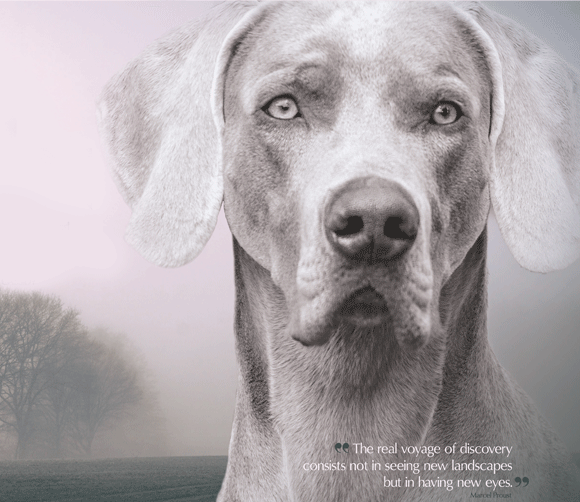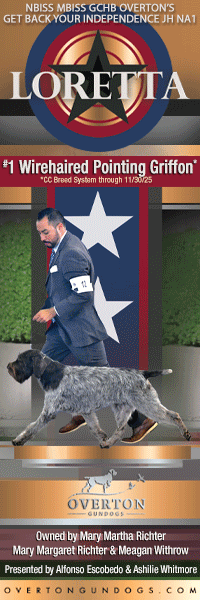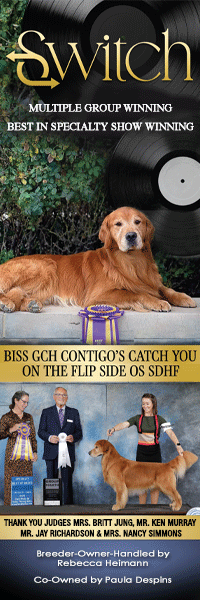Six Ways To Breed Strong, Smart And Healthy Pups
Click here to read the complete article
130 – September, 2024
 By Dr. Carmen L. Battaglia
By Dr. Carmen L. Battaglia
History is full of examples that demonstrate how breeders have used certain skills and methods to improve the breeding of their purebred dogs. At first, progress was slow, but over time they learned how to use a variety of different skills and methods that could improve the traits, characteristics and performance needed in their dogs. With more skills and better methods many changes occurred–some through the use of advancements found in scientific studies, others based on the new uses for DNA testing that could eliminate disorders and other problems linked to inheritance. What was most noticeable was the differences in the many ways breeders approached their problems. For some, the selection method for pairing sires and dams became their preferred choice. They used it to help control, improve and correct certain traits, faults and characteristics. For others who lacked skills and knowledge, their results came at a slower pace and were less satisfying. It was not long before the differences between the two groups became obvious. It would come down to the accomplishments found among the more than 200 recognized breeds of the American Kennel Club. The vast differences in their traits and characteristics, size, weight, coat texture and colors all served as a testament to what breeders could accomplish using the selection method as opposed to those who used a hit-and-miss approach to making breeding decisions.
What breeders learned was how to use the selection tool–its many parts and options which included consideration of the fourteen ancestors in a three-generation pedigree because 90% of the genes the pups would receive come from these ancestors. Selection also became the way to produce stronger, smarter and healthier pups which explained why the three-generation pedigree became so popular. With these successes there came the realization that the more often a trait or characteristic appeared among these fourteen ancestors, the more likely it would appear in their offspring. This led to a better understanding of how to use pedigree analysis and three different pedigrees, each for a different reason, and each with a different way of displaying–on a pedigree–information about the traits and characteristics of each ancestor. For example, the Traditional pedigree was popular but was limited to using the names, titles and certifications of each ancestor. (Figure 1)
Click here to read the complete article
130 – September, 2024

Short URL: https://caninechronicle.com/?p=301658
Comments are closed











